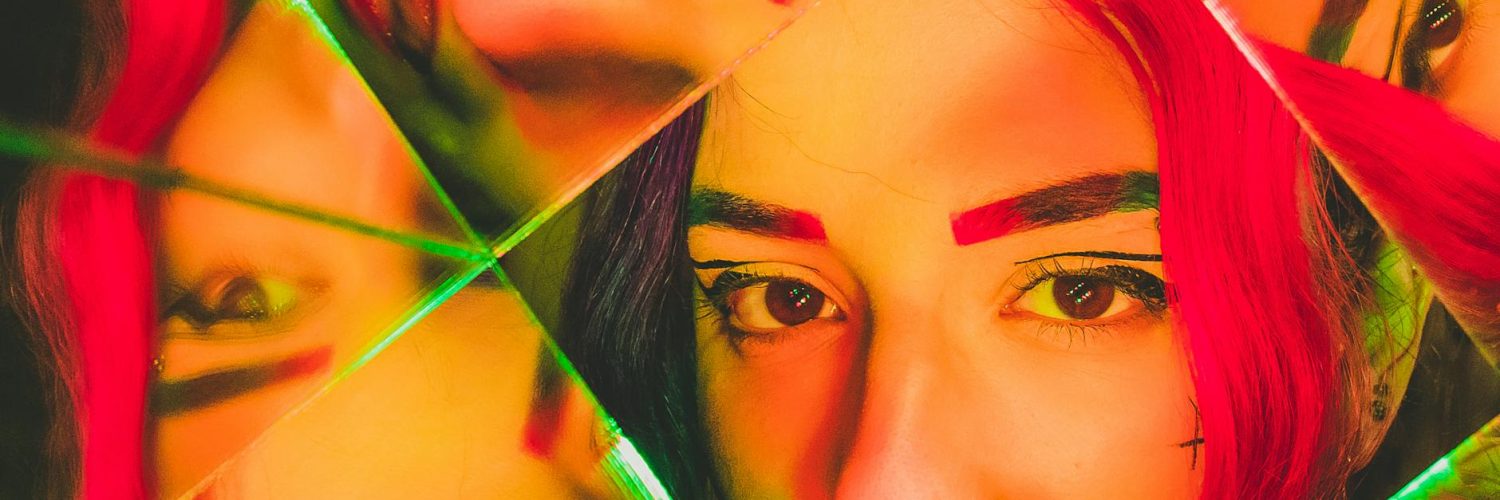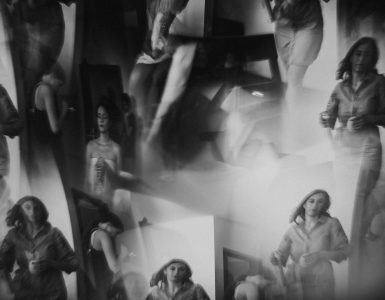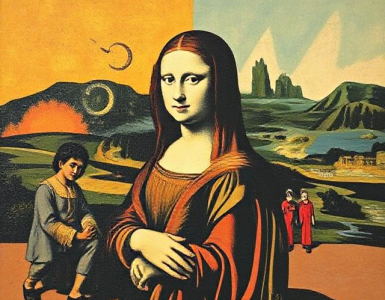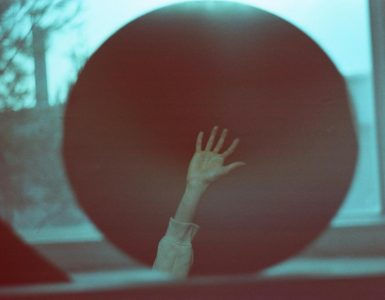We consume entertainment and art daily, often passively. But lurking beneath the surface of blockbuster movies, chart-topping albums, and museum masterpieces lie fascinating details, hidden meanings, and surprising connections most of us never notice. Let’s delve into some of these overlooked aspects that add an extra layer of richness to our appreciation of creative works.
The Accidental Genius of Movie Mistakes
Think of your favorite film. Chances are, it’s practically flawless, a polished gem of cinematic storytelling. But what if I told you some of the most memorable scenes or even iconic moments were happy accidents? The famous “Rosebud” sled in Citizen Kane, for example, was almost entirely unplanned. Orson Welles initially saw it as a minor detail, but its symbolic power became a cornerstone of the film’s enduring mystery. Similarly, many memorable background details in movies, like a misplaced prop or a fleeting facial expression, are accidental additions which, in retrospect, add personality and intrigue.
Think of the infamous continuity errors. While frustrating to some perfectionists, these glitches can sometimes add to the film’s charm, fostering a sense of realism and reminding us that even the biggest productions are made by humans. In a way, these minor flaws contribute to the film’s authenticity, a quiet rebellion against the otherwise hyper-polished nature of modern filmmaking.
The Unsung Heroes of Music Production
Music production is far more than just recording an artist singing or playing an instrument. Hidden beneath the catchy melodies and powerful vocals is a world of intricate sonic sculpting. Think about the subtle use of reverb – adding a sense of spaciousness or depth to a vocal track. Or the ingenious layering of instruments, creating soundscapes that are far richer and fuller than a single instrument could achieve. These are the unsung heroes of music production, often invisible to the casual listener yet crucial to the overall impact of the song. Furthermore, consider the use of binaural beats in certain genres of music, subtly influencing the listener’s brainwave patterns and creating a specific mood or state, often completely unnoticed by the listener.
Consider the influence of specific recording techniques on the overall sound. The warm, vintage tones of recordings made on analog tape compared to the crisp, clean sound of digitally recorded music reflect entirely different aesthetics and production philosophies. The choices made are artistic decisions, shaping the overall mood and listening experience in ways that are often subtle yet powerful.
The Hidden Stories Within Visual Art
We often appreciate art for its aesthetic qualities, focusing on color, composition, and technique. However, many masterpieces contain hidden narratives, symbolic elements, and cultural references that require a deeper dive to uncover. Think of the intricate symbolism in Renaissance paintings, where every detail, from clothing to background objects, holds a specific meaning reflecting the artistic and cultural context of the time. Consider the hidden messages in Surrealist paintings, reflecting unconscious anxieties and desires of the artist and society. Cómo empezar a dibujar siendo principiante
Even seemingly straightforward landscapes can be packed with historical and personal significance. An artist’s brushstrokes, seemingly random, can often reveal the emotional state of the artist when it was created. The choice of color palette, a seemingly superficial factor, can reflect the artist’s cultural background or personal experiences. Analyzing the context surrounding a piece of art, such as the artist’s biography, historical events, and prevailing social views, can unveil layers of meaning that wouldn’t be apparent at a first glance. For example, the seemingly simple composition choice of using the “rule of thirds” is often a subconscious application of a time-honored aesthetic principle.
The Unexpected Influence of Technology
Technology has profoundly impacted all forms of art and entertainment. From the invention of the printing press to the rise of digital editing software, technological advancements have repeatedly revolutionized how we create and consume art. However, the influence of technology often goes beyond mere practicality. The adoption of new tools often changes the very nature of artistic expression, leading to entirely new genres or styles. Think about the birth of cinema, which gave rise to a completely new form of storytelling, or the rise of electronic music, which transformed the way music is created and experienced.
Moreover, the way we engage with art has also changed. Streaming services and social media platforms have democratized access to both art and entertainment, radically altering the way creative works are discovered, shared, and discussed. These technological shifts continually reshape the landscape of entertainment and art, creating a dynamic ecosystem that is constantly evolving and adapting.
The Power of the Unintentional
Sometimes, the most compelling aspects of art and entertainment arise from the unplanned, the accidental, or the unintentional. A seemingly insignificant detail, a spontaneous improvisation, or a happy accident can become a defining characteristic of a piece of work. The power of the serendipitous, the unexpected, and the unplanned acts as a reminder that creativity is not always a strictly controlled process, but often a journey of discovery, with unexpected turns and captivating results. It’s in those unexpected crevices that we find the most captivating magic of art and entertainment.

























Añadir un comentario